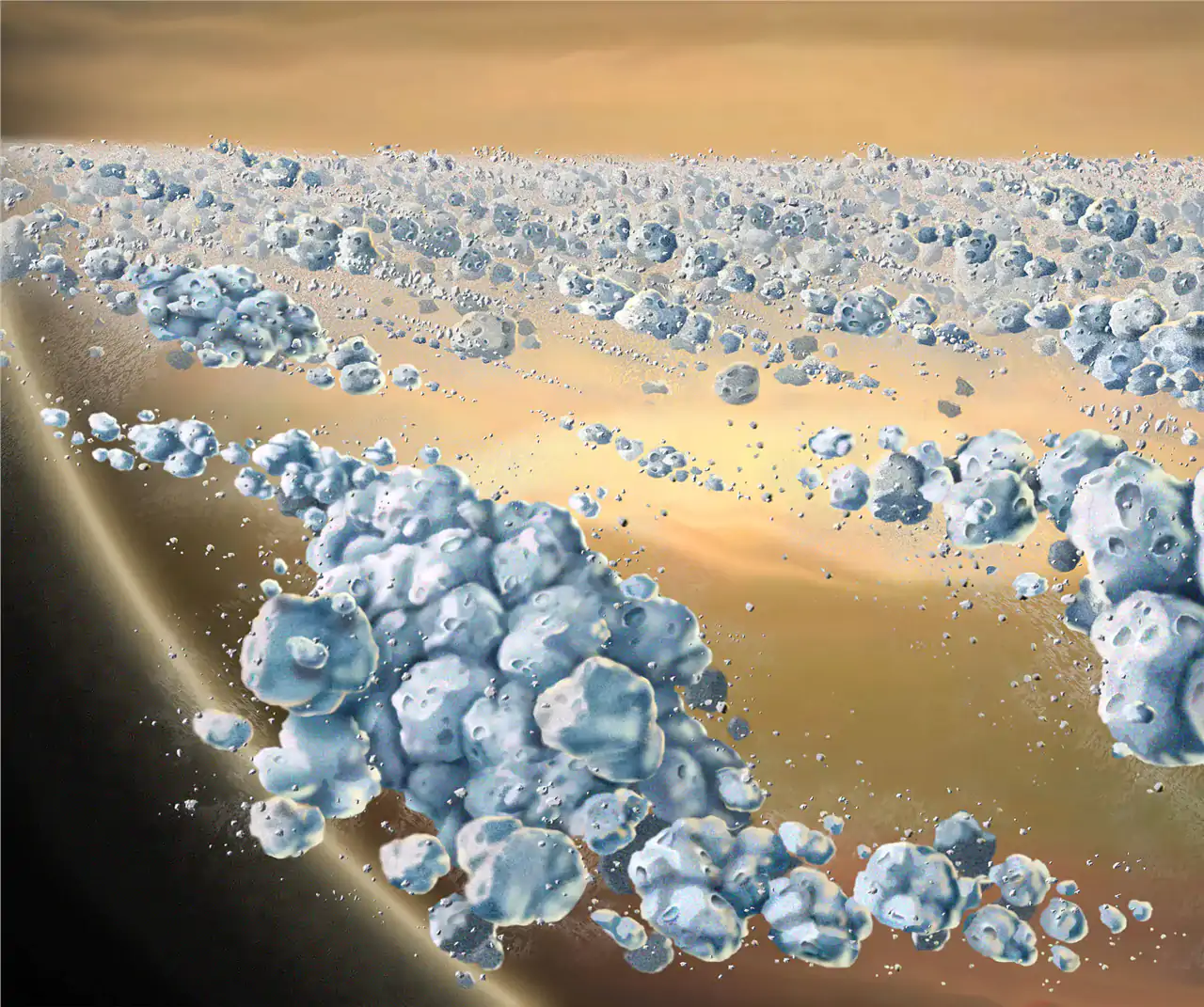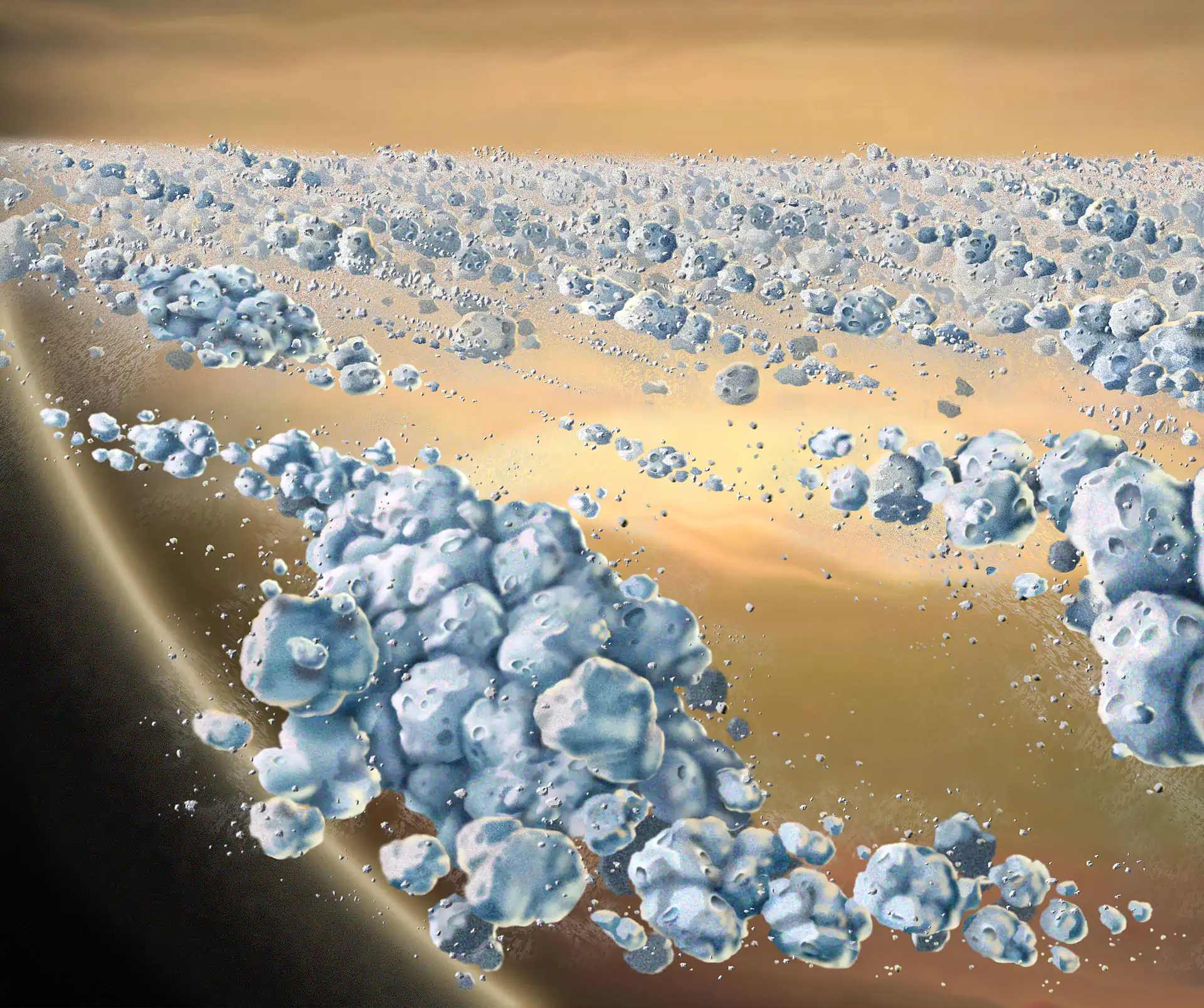A new study by the University of Colorado Boulder physicist Sascha Kempf provides strong evidence that Saturn's rings are surprisingly young.
To be precise, the planet's remarkable rings are only 400 million years old. That's a relative pinprick in time when compared with Saturn's age — the sixth planet from the Sun is estimated to be roughly 4.5 billion years old.
The new research may have also answered a great mystery that has stumped scientists for more than a hundred years, a press statement reveals.
A very brief history of Saturn's rings
The new study, published today, May 12, in the journal Science Advances, outlines how Kempf came to her conclusion by focusing on cosmic dust.
"In a way, we've gotten closure on a question that started with James Clerk Maxwell," Kempf, who is an associate professor in the Laboratory for Atmospheric and Space Physics (LASP) at CU Boulder, explained in the press statement.
Saturn's rings were first discovered by Italian astronomer Galileo Galilei in 1610. It wasn't until the 1800s, however, that James Clerk Maxwell, a scientist from Scotland, became the first scientist to hypothesize that the planet's translucent rings couldn't be solid and must be made up of many small individual pieces.

NASA / JPL / University of Colorado
Scientists have known for a long time that Saturn's seven rings are composed of countless chunks of ice, which cluster together and disperse on an ongoing basis. Still, Kempf's study has provided new insight into the fascinating planetary feature.
Measuring dust on Saturn's rings
Kempf's study relied on the fact that tiny grains of cosmic dust fly through the Solar System on practically a constant basis.
This dust builds up in small layers throughout our solar system, including on the ice of Saturn's rings. In the new study, Kempf explained how he and his team measured how quickly this layer of dust builds up on Saturn's rings in a bid to measure the overall age of the rings.
"Think about the rings like the carpet in your house," Kempf explained. "If you have a clean carpet laid out, you just have to wait. Dust will settle on your carpet. The same is true for the rings."
From 2004 to 2007, the team poured over data collected by NASA's Cassini spacecraft Cosmic Dust Analyzer. Based on their calculations, Saturn's rings have likely been gathering dust for only a few hundred million years.
The Cassini spacecraft reached Saturn in 2004, and it orbited the planet until it purposefully crashed into its atmosphere in 2017. Thanks to Cassini, we may now know how old Saturn's rings are, but there is still a lot about the planet we do not fully understand.
"We know approximately how old the rings are, but it doesn’t solve any of our other problems," Kempf said. "We still don’t know how these rings formed in the first place."
"If the rings are short-lived and dynamical, why are we seeing them now?" he added. "It's too much luck."






 BlocksInform
BlocksInform










